
Surface decoration
1 October 2015
28 May 2015
The book “Architecture in Andean Bolivia”, by architect Elisabetta Andreoli and artist Ligia D’Andrea, presents the unique architectural work of Freddy Mamani Silvestre, born in a small community and who, after having worked twenty years as a bricklayer, joined the faculty of technology of civil construction at the University Mayor de Sant’Andres, graduating in engineering.
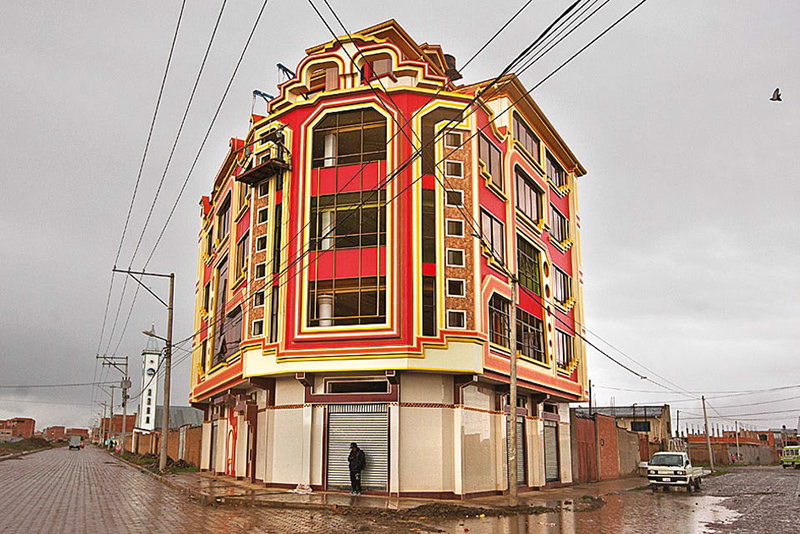
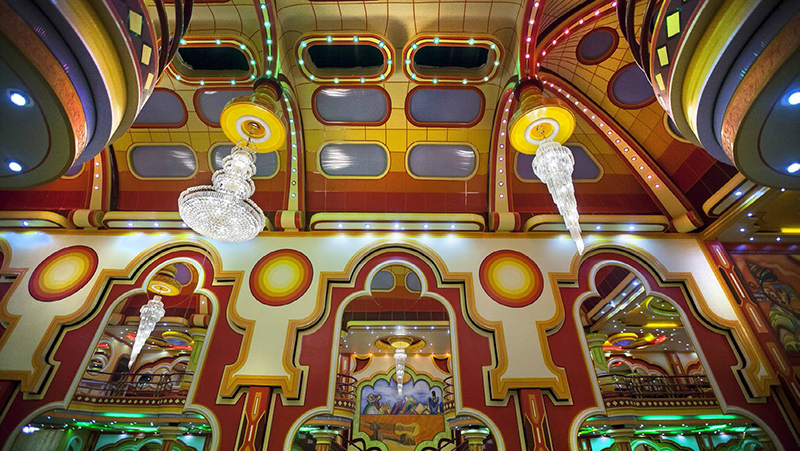
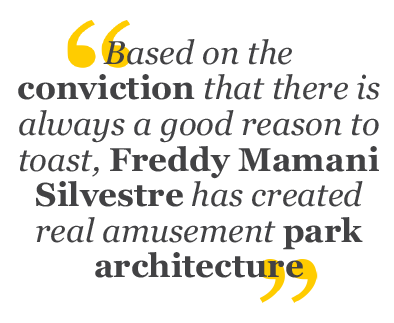
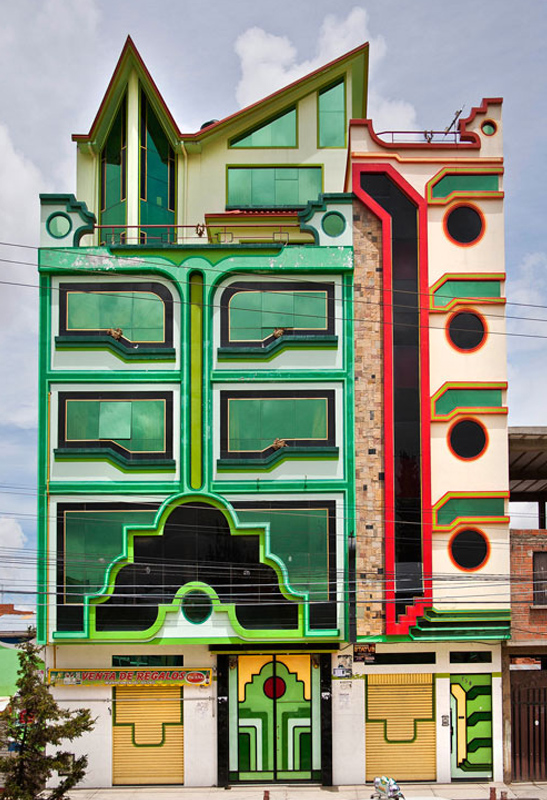
Free of academic ambitions, he has dedicated himself to architecture to give identity to his city, rediscovering elements of the original Bolivian Andean culture. As pointed out by Elisabetta Andreoli, the works of Mamani are ‘born’ to celebrate the great events of life, being a riot of shapes and bright colours. Based on the conviction that there is “always a good reason to toast”, Mamani has created real amusement park architecture, characterized by total freedom of composition and colour.
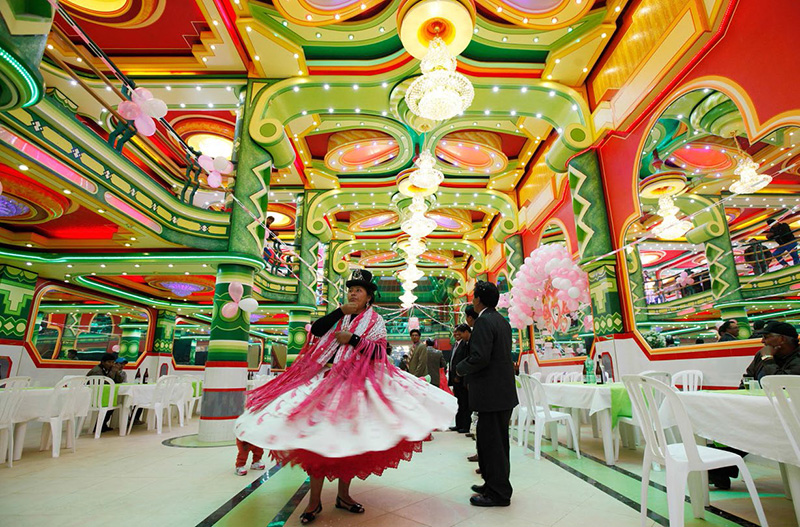
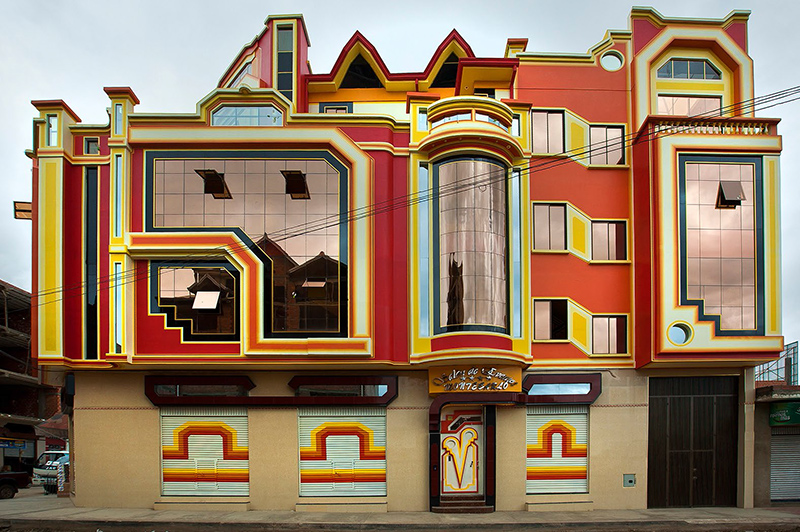
WHERE: Architectural Association (AA) School of Architecture, 36 Bedford Square, London WC1B 3ES
The book “Architecture in Andean Bolivia”, by architect Elisabetta Andreoli and artist Ligia D’Andrea, presents the unique architectural work of Freddy Mamani Silvestre, born in a small community and who, after having worked twenty years as a bricklayer, joined the faculty of technology of civil construction at the University Mayor de Sant’Andres, graduating in engineering.
Free of academic ambitions, he has dedicated himself to architecture to give identity to his city, rediscovering elements of the original Bolivian Andean culture. As pointed out by Elisabetta Andreoli, the works of Mamani are ‘born’ to celebrate the great events of life, being a riot of shapes and bright colours. Based on the conviction that there is “always a good reason to toast”, Mamani has created real amusement park architecture, characterized by total freedom of composition and colour.
WHERE: Architectural Association (AA) School of Architecture, 36 Bedford Square, London WC1B 3ES



The Moodboarders is a glance into the design world, which, in all of its facets, captures the extraordinary even within the routine. It is a measure of the times. It is an antenna sensitive enough to pick-up on budding trends, emerging talents and neglected aesthetics. Instead of essays, we use brief tales to tune into the rhythm of our world. We travelled for a year without stopping, and seeing as the memory of this journey has not faded, we have chosen to edit a printed copy. We eliminated anything episodic, ephemeral or fading, maintaining a variety of articles that flow, without losing the element of surprise, the events caught taking place, and the creations having just bloomed.